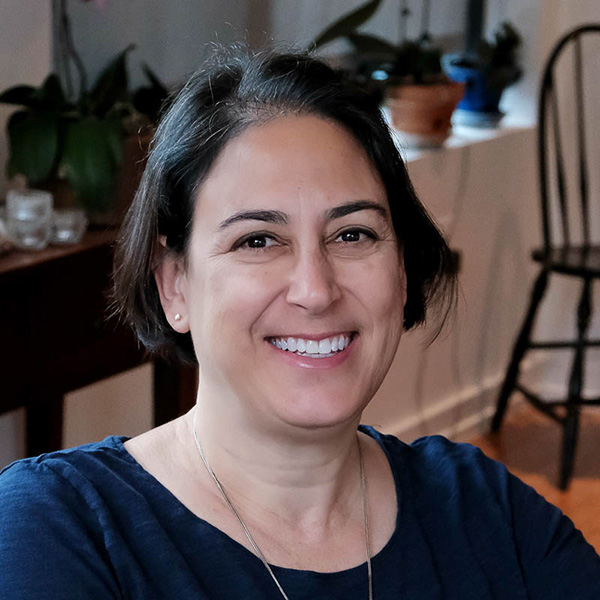Marci Lindsay is a street photographer living in Washington, DC. Briefly a city planner, she has always been a people watcher and street photography lover. She is part of the DC Street Photography Collective (in her city) and the Optic Nerve Street Photography Collective (international). She has been shooting street photography for about five years. Marci Lindsay also loves curating (Street Macadam on Instagram, Women in Street on Instagram and Facebook, and Photographers Under Confinement on Facebook). Her photos have been exhibited in New York, Miami, DC, Los Angeles, San Francisco, Brisbane, Cyprus, Trieste, and Paris.
Statement
I’ve had a love for street photography since I was a child, long before I knew it had a name. Not until a few years ago, once my kids were grown, did I take up the challenge of photographing in the streets myself. I am drawn to ordinary people doing ordinary things. To me, it’s all extra-ordinary—motion, gesture, connection, and humor. We humans are so much more the same than we are different, and hopefully my photos remind people of that. “Every man beareth the whole stamp of the human condition.” ~ Montaigne
